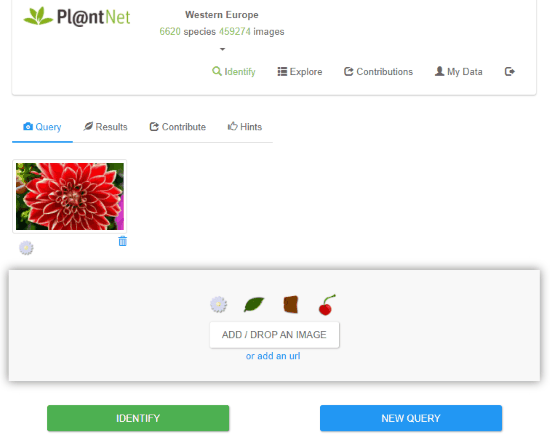Eventually, infected leaves will drop off the plant.
In most scenarios, the tomatoes will carry on to ripen, even as the disorder symptoms development up the plant. Prevent: The early blight pathogen (Alternaria solani) lives in the soil and the moment a yard has demonstrated indicators of the early blight fungus, it’s there to stay since the organism conveniently overwinters in the soil, even in very cold climates. The good thing is, most tomatoes will proceed to create even with moderately extreme instances of early blight. To prevent this tomato fungal sickness, mulch vegetation with a layer of newspaper topped with untreated grass clippings, straw, leaf mould, or finished compost quickly following they are planted. This mulch varieties a protecting barrier, preventing the soil-dwelling spores from splashing up out of the soil and onto the plant. Manage: Once the fungus strikes, organic and natural fungicides primarily based on Bacillus subtilis or copper can help protect against or end the distribute of this tomato plant sickness.
Bicarbonate fungicides are also efficient (such as BiCarb, GreenCure, and many others). Early blight typically starts as irregularly formed, bulls-eyed brown spots on the reduced leaves of a tomato plant. Fusarium wilt. Identify: The pathogen that will cause Fusarium wilt (Fusarium oxysporum) is usually much more prevalent in warm, southern regions in which this tomato plant disease can wipe out full fields. Signs or symptoms plant scale identification incorporate drooping leaf stems.
- The simply leaves of grow often called?
- How should you figure out a flowering herb?
- Can i determine a pepper plant?
- Can i know when you should standard tap water my succulents?
- What bouquets are excellent to shrub in October?
- What do i need to mention my snake place?
- Could I plant perennials in March?
Sometimes an whole branch may well wilt, generally setting up with the decrease portion of the plant and then progressing upwards till the full plant collapses. To ensure an infection, slice the primary stem of the plant open and look for dark streaks managing lengthwise via the stem. Sometimes there are also dark cankers at the foundation of the plant. Prevent: The spores of this tomato plant disease dwell in the soil and can endure for several a long time.
When will i recognise a succulent?
They’re distribute by tools, water, plant debris, and even people and animals. The best process of avoidance is to plant resistant versions if you have experienced difficulties with Fusarium wilt in the earlier. Also disinfect tomato cages and stakes with a ten% bleach solution at the conclude of just about every season. Manage: When this tomato plant condition strikes, there is certainly little you can do to manage it. Alternatively, emphasis on avoiding it for foreseeable future a long time.
Soil solarization can help get rid of fungal spores in the leading couple of inches of soil, and crop rotation is essential. There are also several organic fungicidal drenches that can be used to soil (seem for just one based on the micro organism Streptomyces griseoviridis referred to as MycoStop® or a granular just one primarily based on the fungus Trichoderma virens identified as Soil Guard®).

These merchandise may well aid avoid the an infection from colonizing the roots of foreseeable future crops. Late blight. Identify: Late blight (Phytophthora infestans) is between the most harmful tomato plant health conditions. Thankfully, it is really not incredibly common, in particular in the north the place it will not endure winter’s freezing temperatures with no a host plant. Late blight is brought about by a fungus, and it makes irregularly shaped splotches that are slimy and drinking water-soaked. Often, the splotches come about on the major-most leaves and stems initial. Eventually, entire stems “rot” on the vine, turning black and slimy.
There may also be patches of white spores on the leaf undersides. In the north, the pathogen overwinters in buried potato tubers.

